Position: Resource - Partition Management - MBR or GPT for SSD: Differences, Advantages, and How to Convert
When you connect or initialize a new SSD on Windows, you'll quickly encounter a prompt asking you to choose between MBR (Master Boot Record) and GPT (GUID Partition Table). For many users, this feels like a technical question that comes out of nowhere. Should you select MBR because it's been around longer, or GPT because it sounds more modern? Will the choice affect the speed of your SSD or the stability of your system? And what happens if you choose one and later realize you need the other?
These are common concerns, and the answer is more than just picking one at random. MBR and GPT are two different ways of organizing your SSD. They determine how partitions are structured, how your system boots, and how much storage your drive can actually use. Making the wrong choice won't damage your drive, but it may limit its potential or prevent your operating system from installing at all.
In the rest part of this article, we'll take a closer look at MBR and GPT , what they are, how they differ, which one works best for your SSD, and how you can check or switch between them without messing anything up.

To get a better understand of MBR and GPT, we need to know what a partition table is. Every storage device, HDD or SSD, gets divided into sections called partitions. These let your computer keep system files, apps, and personal data separate. You can regard the partition table as a map or directory which tells the OS where each partition starts and ends, and how to reach it.
MBR was introduced back in 1983 alongside the IBM PC DOS 2.0 operating system. It became the industry standard for decades and is still widely supported today.
MBR stores the partition table in the very first sector of the drive (the "boot sector"). This tiny sector contains both the boot loader (instructions for starting the operating system) and the partitioning information.

Limitations: MBR can only handle drives up to 2TB. Anything bigger? Forget it, you won't be able to use that extra space. It also supports up to four primary partitions. Need more? You'll have to deal with the old "extended partition" trick, which can be a bit of a hassle.
Compatibility: Nearly every OS supports MBR, even older ones like Windows XP. It works perfectly with legacy BIOS systems.
GPT was developed in the late 1990s as part of the UEFI (Unified Extensible Firmware Interface) specification, which replaced the aging BIOS standard.
GPT keeps multiple copies of the partition table at both the start and end of the disk, so if one copy gets corrupted, there's a backup. It also assigns unique IDs (GUIDs) to each partition, making management more robust.
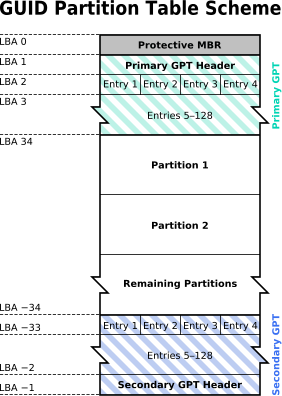
Advantages: GPT handles disks larger than 2TB (up to 9.4 zettabytes, which is way beyond what we actually use today). On Windows, it lets you have up to 128 partitions, no extended partition hacks needed.
Reliability: Because GPT stores backup copies and uses CRC32 checksums, it can spot and recover from partition table errors , something MBR simply can't do.
Compatibility: GPT works with modern UEFI systems, including Windows 10, Windows 11, most Linux distributions, and macOS.
Now that we know what MBR and GPT are, let's take a look at how they stack up in real-world use, see the table below:
|
|
MBR (Master Boot Record) |
GPT (GUID Partition Table) |
|
Max disk size |
2TB | >2TB (up to 9.4ZB in theory) |
|
Max partitions |
4 primary (or 3 + 1 extended) |
128 in Windows, no need for extended partitions |
|
Boot mode |
Legacy BIOS | UEFI |
|
Data Redundancy |
None (single boot sector only) |
Yes (primary + backup partition tables) |
|
Error detection |
None |
CRC32 checksums for bpartition entries |
|
Compatibility |
All operating systems, even older ones |
Modern OS only (Win 10/11, Linux, macOS) |
Why does this matter for SSDs?
• If your SSD is smaller than 2TB and you're running an older operating system, MBR will still work fine.
• If your SSD is larger than 2TB, MBR will waste space—you won't be able to use the capacity beyond the 2TB limit. GPT removes that barrier.
• GPT's redundancy makes it safer for SSDs, because corruption in a single boot sector (as in MBR) could render the whole drive inaccessible.
A common misconception is that GPT is faster for SSDs. In reality, the partition table format has no impact on read/write performance. Whether you use MBR or GPT, the speed of your SSD is determined by its hardware (SATA vs. NVMe, the NAND quality, the controller) and your system's interface.
Instead, the real decision depends on compatibility and features:
👉 Choose GPT if:
👉 Choose MBR if:
For most modern users, GPT is the recommended choice. It ensures your SSD is fully usable, future-proof, and better protected against corruption.
Before converting an SSD, it is essential to confirm its current partition style. This determines whether your drive is already compatible with features such as UEFI boot mode or Windows 11 installation. There are several reliable methods:
1. Press Win + R, type diskmgmt.msc, and press Enter.
2. In the Disk Management window, look at the bottom list of drives. Right-click your SSD label (like Disk 1) and select Properties.
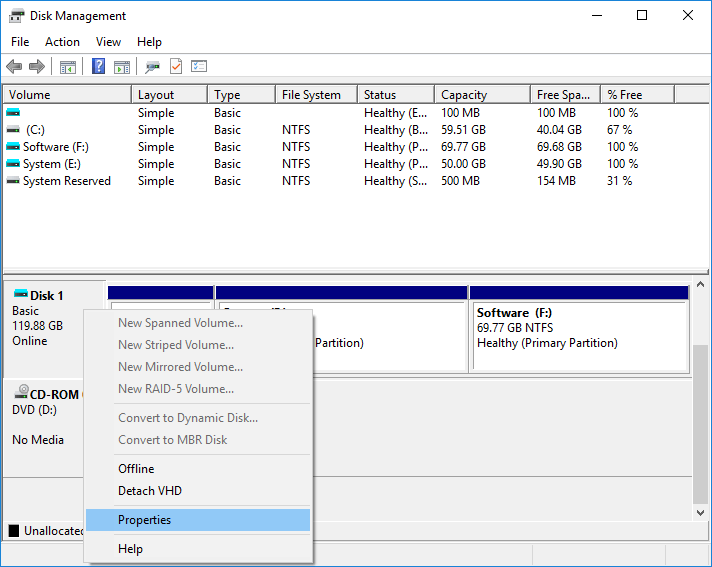
3. Switch to the Volumes tab. The field Partition style will indicate either Master Boot Record (MBR) or GUID Partition Table (GPT).
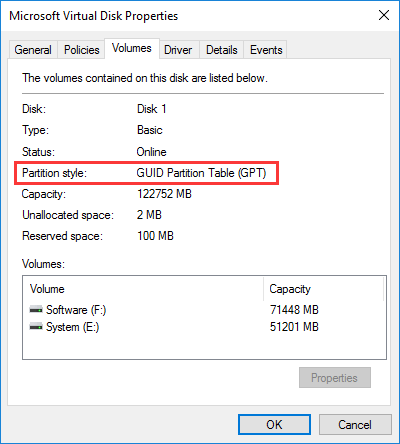
On the main interface of DiskGenius Free, you can see detailed parameters of the selected disk, including the partition table style:
1. Launch DiskGenius.
2. Select the SSD from the disk list on the left.
3. The partition table style (MBR or GPT) will be shown clearly in the disk information panel.
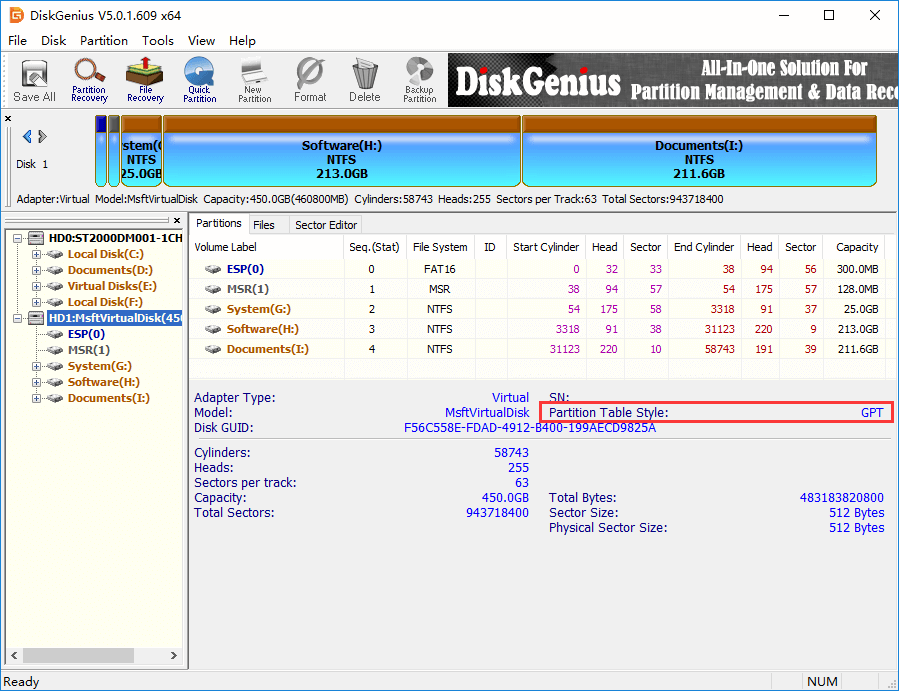
Sometimes, you may need to convert your hard drive or SSD from GPT to MBR, or change MBR to GPT, for example:
🔹 GPT and UEFI boot modes are necessary for the installation or upgrade of Windows 11.
🔹 When installing legacy operating systems, the MBR format ought to be utilized.
🔹 Utilizing a large SSD that exceeds 2TB, and GPT should be used to access full capacity.
The following methods provide step-by-step instructions. Each method includes precautions and backup recommendations.
DiskGenius Free is a great option if you want a risk-free way to convert MBR to GPT or change GPT back to MBR without losing files.
Step 1. Install and launch DiskGenius Free on your computer.
Step 2. Right-click the SSD you want to convert and choose Convert To GUID Partition Table in the context menu.
💡 Tip: If you want to change the SSD to MBR from GPT disk, then choose Convert To MBR Partition Table.

Step 3. Click Save All to apply the changes. This will commit the conversion without deleting files.

If you don't mind deleting everything from the SSD, you can convert the disk format in Disk Management.
Step 1. Right-click the Start menu and choose "Disk Management" to open Disk Management.
Step 2. Right-click each partition on the SSD and select Delete Volume until the disk shows as unallocated.
Step 3. Once the disk is empty, right-click it again and choose Convert to GPT Disk or Convert to MBR Disk.

DiskPart is the command-line approach, powerful but dangerous if used incorrectly. DiskPart can also convert MBR to GPT (or GPT to MBR), but the process will erase all partitions. So back up all your files first!
Step 1. Open Command Prompt as administrator.
Step 2. Execute the following commands:
diskpart
list disk
select disk X
clean (erases the disk)
convert gpt (or convert mbr)
⚠️ Warning: Please replace X with the SSD number. If you select the wrong disk, you will have to face data loss issue
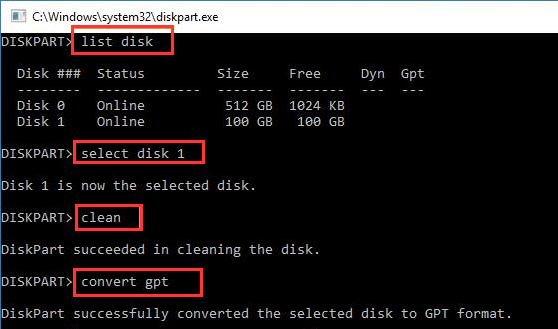
When choosing between MBR and GPT for your SSDs, it's not about speed. The choice affects compatibility, reliability, and usable storage. GPT is the modern standard. It supports larger drives, more partitions, and protects against corruption. Windows 11 also requires GPT. MBR is still useful for older BIOS systems or legacy operating systems. If you need to change your disk format between MBR and GPT without losing data, use DiskGenius Free to do the conversion.
1. Does GPT make my SSD faster?
Not really. GPT doesn't speed up your SSD's read or write performance. That mainly depends on the drive itself, SATA or NVMe, the controller, and your system setup. GPT just decides how partitions and boot info are organized. It won't make raw speed faster, but it can make things more stable and compatible on modern UEFI systems.
2. Why can't I use my full SSD capacity with MBR?
MBR has a 2TB limit. So if you put a 4TB SSD on MBR, your system will only see the first 2TB, the rest is basically off-limits. GPT was made to fix this and can handle drives way bigger than anything we use today.
3. Is converting MBR to GPT safe?
Yes, but you need to pick the right method. Using Windows Disk Management or DiskPart will erase all partitions, wiping your data. Tools like DiskGenius let you convert safely without losing anything. Still, it's smart to back up your important files before you start.
4. Can I install Windows 11 on an MBR disk?
Nope. Windows 11 needs the system disk to be GPT and boot in UEFI mode. If your drive is MBR, you won't get past the installation or upgrade until you switch it. Microsoft made this change for better security (think Secure Boot) and stability.
5. Should I format my SSD to GPT or MBR?
Almost always, go with GPT. It works smoothly with UEFI, supports bigger drives, and lets you create more partitions. MBR only makes sense if you have an old PC that only supports legacy BIOS. For a new SSD, especially a boot drive, GPT is the safe bet.
6. Should my NVMe be GPT or MBR?
Always pick GPT. NVMe drives are designed for modern UEFI systems, and GPT ensures they run without hiccups. Using MBR on an NVMe could cause boot problems or limitations. If you're building or upgrading a PC with NVMe storage, GPT is the future-proof choice.
Related Articles:
📌 Fixed: MBR2GPT Disk Layout Validation Failed for Disk 0
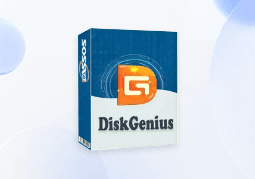
DiskGenius is a one-stop solution to recover lost data, manage partitions, and back up data in Windows.
Download